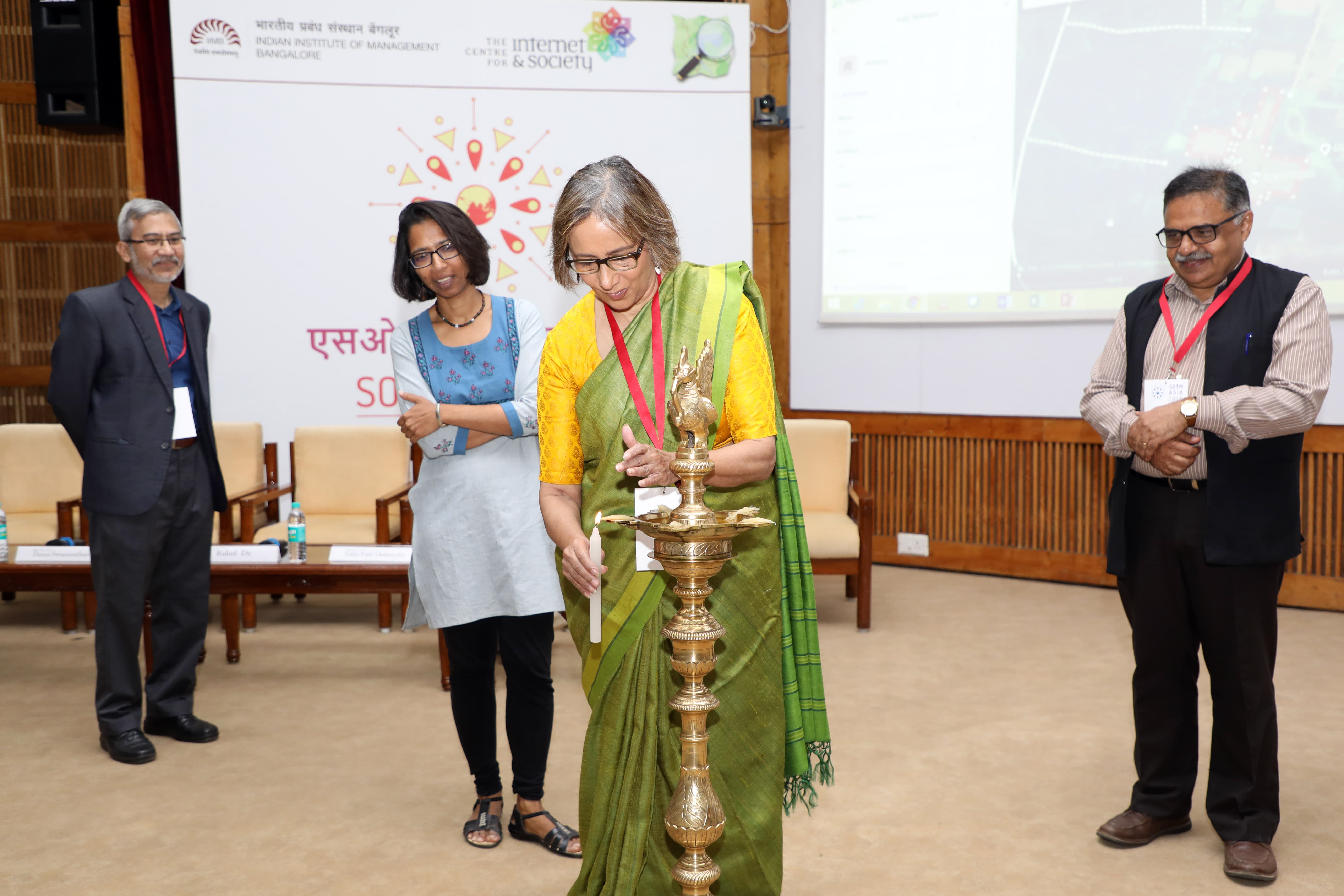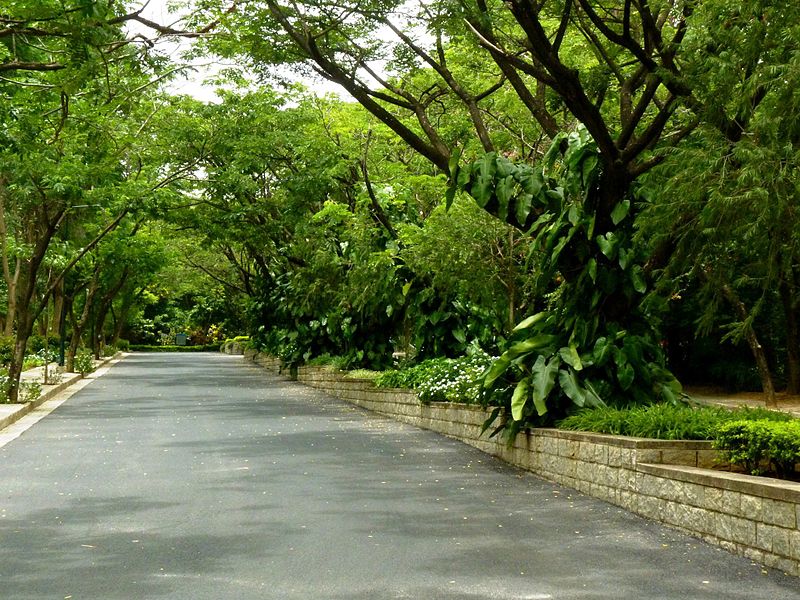Want a New Hobby? Here’s One That Lets You Have Fun & Fix Civic Issues!
OpenStreetMap (OSM) is a free, editable map of the world, made entirely by citizens.

Did you know that ‘mapping’ is a hobby that is being pursued by many across the globe?
For Anindita Nayak, a resident of Bengaluru, the outrage she felt at the poor lighting along the Outer Ring Road led her to start ‘mapping’ the realities as she experienced them. Through this process, she found 665 defunct lights and 401 functional ones.
When repeated tweets and written complaints on the BBMP portals fell on deaf ears, Anindita continued to do what she felt was in her power – map away. With the help of an open software called OpenStreetMap, almost 120 mappers in Bengaluru alone are highlighting various issues in the city.
What is OpenStreetMap?
OpenStreetMap (OSM) is a free, editable map of the world, made entirely by citizens. Some of the reasons why this has become so hugely popular are – i) it is free, ii) it is constantly updated, and iii) it is undertaken by the locals and has a lot of information.
At the recently concluded State Of The Map Asia 2018 conference held in Bengaluru, 280 mappers from 12 countries came together to discuss and deliberate on the future of Open Street Mapping.

Photo Source
25-year-old, Jinal Foflia from Bengaluru, said in a report published by Bangalore Mirror, “I have been mapping road network in the city since 2015, things like turn restrictions, lanes, sidewalks, junctions. I have also mapped amenities like restaurants, gardens, hospitals and added notes about their timings, cuisines, floors. Since I am also an OSM editor, I verify changes made on the maps. Last year, when Church Street was temporarily closed for renovation, we put the tag of ‘Highway=Construction’ against it. But since a lot of friends were still using it, we removed the tag.”
Collaboration has been the key for this project to have become such a success.
In 2016, various mappers from the city got together and mapped 900 garbage dumps, while last year they came together and mapped 7,000 trees.

Photo Source
A long time OSMer Anwar, while speaking to the publication, spoke about how serious mapping is. During the 2015 Nepal earthquake, almost 6,000-plus OSM members from all over the world came together to help in the relief and rebuilding work.
“Thanks to trekkers who use OSM, a lot of lesser-known trekking routes, huts and sheds were already mapped,” recollects Anwar.
Crisis mapping had come in handy during the 2010 Haiti earthquake too, as it had during the Ebola outbreak in Africa in 2014.
If you are keen to find out more about mapping, visit the website here.
(Edited by Shruti Singhal)
You May Also Like: #Sweekar: Meet India’s Rainbow Parents Who Are ‘Coming Out’ to Create Change!
Like this story? Or have something to share?
Write to us: [email protected]
Connect with us on Facebook and Twitter.
If you found our stories insightful, informative, or even just enjoyable, we invite you to consider making a voluntary payment to support the work we do at The Better India. Your contribution helps us continue producing quality content that educates, inspires, and drives positive change.
Choose one of the payment options below for your contribution-
By paying for the stories you value, you directly contribute to sustaining our efforts focused on making a difference in the world. Together, let’s ensure that impactful stories continue to be told and shared, enriching lives and communities alike.
Thank you for your support. Here are some frequently asked questions you might find helpful to know why you are contributing?


This story made me
-
97
-
121
-
89
-
167













